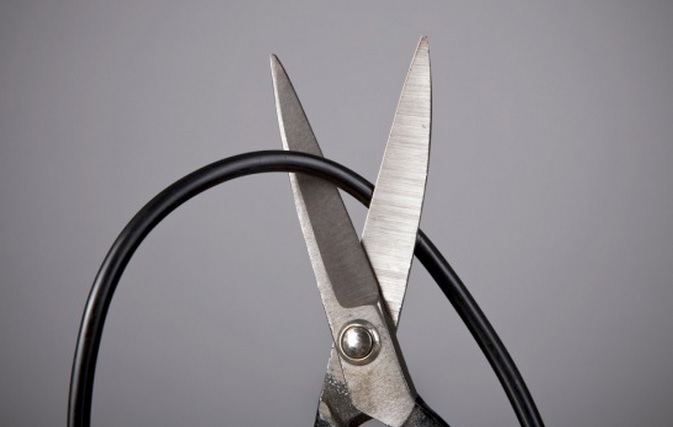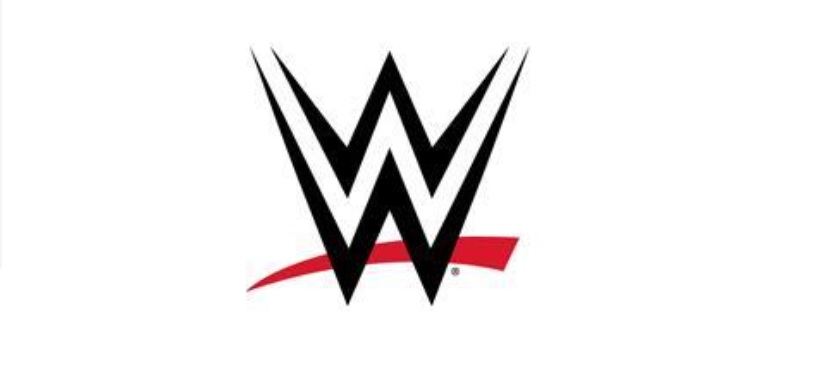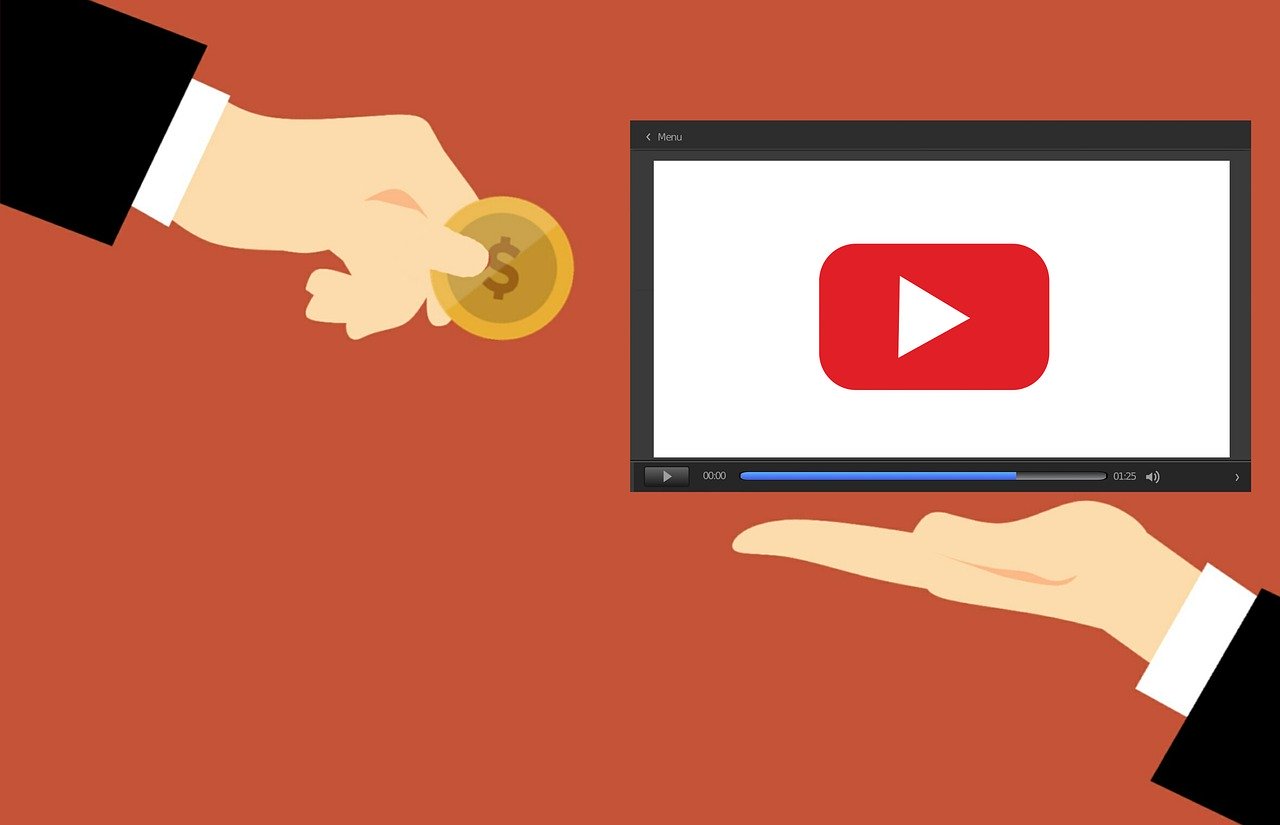A Journey Into Cord Cutting. Chris Brass shares a reflection as to what led him into cord-cutting in its early days. Explore a time when Roku was not a household name, streaming was new and only recently not limited to tower PCs and Amazon had not even joined the race. Today we share part 1.
“Economics is everywhere, and understanding economics can help you make better decisions and lead a happier life.”
-Tyler Cowen
The motivations for becoming a cord cutter were financially based. I had been in and out of the VA hospital through most of 2008 and 2009 but 2010 saw me getting admitted for over a year and resulted in my being placed on disability so now I was living on a pension of about $900 per month. I knew that I was never going have the same standard of living that I had before, but I also knew that some serious tightening of the belt needed to be done as well.
Internet was a given, practically a requirement. Cable was an option, especially since the region I lived in wasn’t the best for TV reception due to the mountains but access to local news was the target. During this time there were two major devices which could be used for streaming, Apple TV and Roku with Roku being the cheapest. The model at the nearby store would cost $60 but ordering a base model available only through the company could be purchased for $50, the Apple TV started at $99.
I was interested in the technology as well as seeing how well it worked, having been a bit of a computer nerd since the early 80’s I tended to believe that Apple was overpriced and a well built PC was a better value giving me a little more confidence in picking Roku, but it wasn’t without reservations. Apple builds a quality product but they are over priced for what you getting getting in my opinion, Roku was an unknown. Roku claimed to have more “free channels” available than any other streaming device, which had some influence, but I knew that the two big services that I was looking at was Hulu (Hulu Plus as it was known at the time) and Netflix.
Here was the primary chain of thought:
Basic cable was going to cost around $60 providing all the local channels and an additional $8 to rent the cable box I was going to need. Associated fees and equipment costs were quickly escalating to the $75 a month price range in order to get the local channels with a few extras that I may watch from time to time.
A Roku cost $50 to purchase with no monthly fee to use. So if streaming worked out just the savings on the rental fee for the cable box would pay for the Roku in just a hair over 6 months. Hulu cost $8 a month, ABC, NBC, Fox and CW had all of their prime time programs available the following morning which meant that it would be just like having a DVR.
IF a DVR was rented, that was going to cost an additional $10 a month, but the $8 per month subscription fee was I was looking at, placing it at just a fraction of the cost for basic cable. My typical TV viewing tended to be watching classic TV programming from the 60’s through the 80’s, so stuff you would find on Nick at Night, TBS and TV Land. If it wasn’t available on Hulu, it was likely to be available on one of the multitude of digital sub-channels that were becoming available since the transition to HDTV. The reception was bad, but not unwatchable with my primary grievance being that if I wanted to watch another network it required moving the antenna around but once received it was crystal clear. Laziness set in, the TV antenna was situated for CBS and PBS for local and primetime watching and Hulu served for everything else.
There was no looking back.






